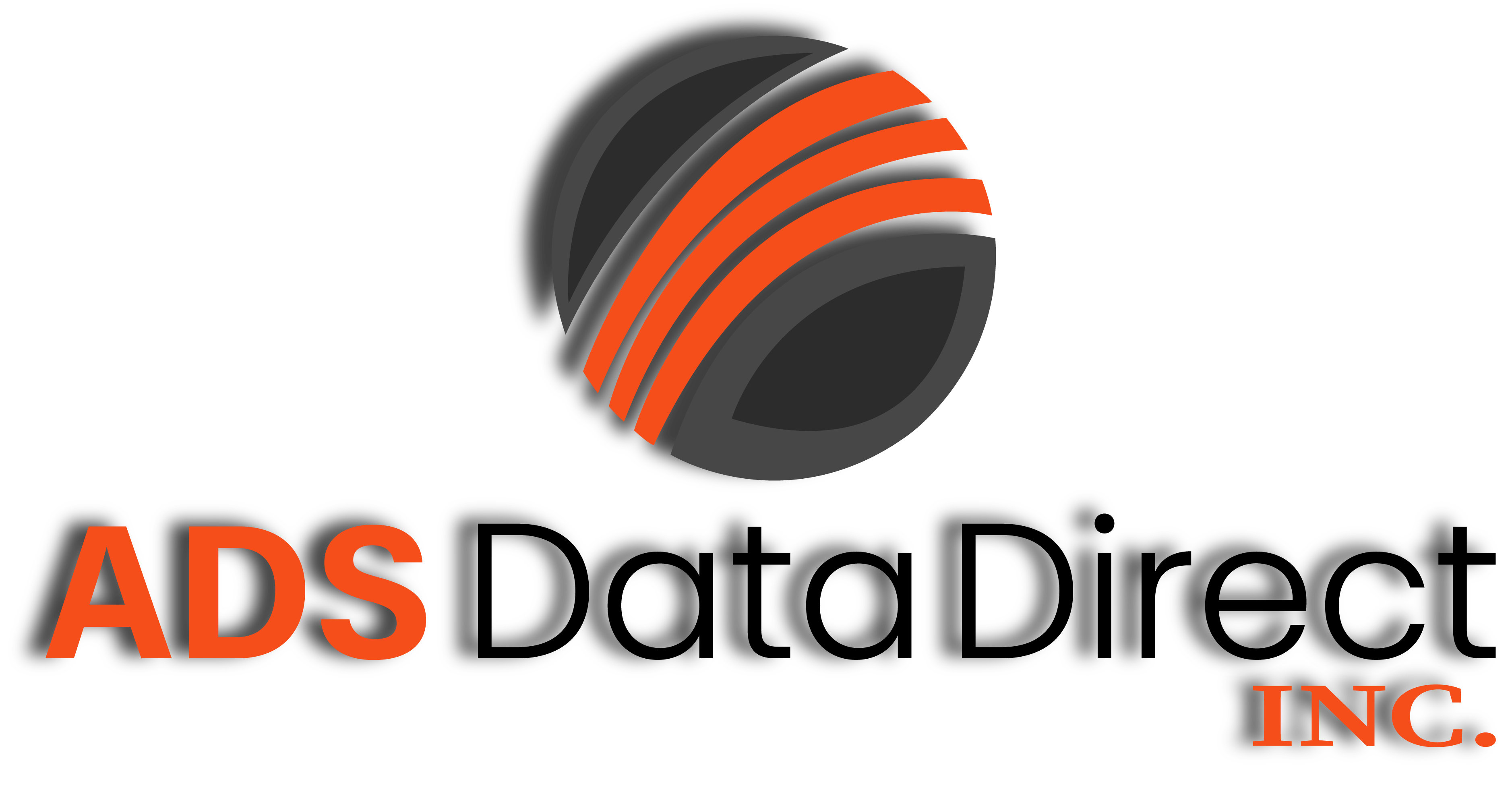New-Students-ADS
- Home
- Case Studies
- New-Students-ADS
Reaching the Three Influencers
ADS Data Direct strives to reach YOUR target audience in data-driven aspects! This means that when viewing students in the upcoming academic year, we perceive that rising juniors and seniors recruitment marketing has become less and less effective. Thus, we are here to bring you the most up-to-date, detail orientated Rising Juniors and Seniors’ data that will reach your specific target audience!

OBJECTIVE
Attracting Rising Junior’s and Senior’s for the upcoming academic years while reducing marketing expenses.
CHALLENGE
Traditional recruiting methods are becoming less effective with the rising cost of printing and postage. Additional recruitment channels such as higher education lead generation services are becoming less effective because of pricing and competition for each lead from national for-profit schools.
STRATEGY
ADS Data Direct reviewed existing data & digital channels and recommended a hybrid solution. By targeting the three influencers in a student’s choice of colleges, we identified three data sets:
- The Student
- Friends
- Parents.
We proposed a three-tiered approach to maximize their reach while reducing their costs.

What Does a Three-Tiered Approach Mean?
IMPLEMENTATION
ADS identified the targeted demographic that fits the school’s profile of Rising Juniors & Seniors. We recommended a pre-targeting strategy of digital display ads to generate interest amongst the Three Influencers.
The digital display ads reached all three demographics across mobile devices, tablets, and desktop devices. The Friends were targeted via the zip+4 of the Students/Parents address and would be served strictly display ads.
After Delivery
After delivering our first 15-25 impressions, to the Students and Parents, we deployed emails to the matching records. The email campaign was designed to generate clicks from Students or Parents that showed a marketable interest in the School. Because we have matching records, each click was identified as a marketable name for direct mail. The targeted demographic file of Students and Parents totaled 34,171 unique households; however, by targeting only Parents & Students who clicked on the emails or display ads, we identified 1,804 potential names to be mailed.
After suppressing the names of households that requested more information from the digital display and email campaigns, a mailable file of 1644 records was used. Records with known divorced parents were sent a mail piece to each house. We reduced the prospect mailing by 95% to a highly targeted receptive audience.

MATCHING DATA
Multichannel marketing campaigns must now have the ability to include ad network targeting as part of their definition. Digital Display ads are treated as untouchable stand-alone consumer engagement vehicles. We have demonstrated that consumer engagement must come from a multi-touch approach. As marketers, we cannot assume mass display ads will support Direct to Consumer marketing or assume that Direct Mail, TV, Radio, Print, and Email marketing don’t support Display Ads. The key to using all these elements effectively is Data. Data allows us to reach the consumer online, on their mobile devices and tablets, in their inboxes, and in their mailboxes at a super targeted level. By having matching, email, and postal names tied back to demographic data, we can take large demographic pools and identify consumers who have a Marketable Interest in your client’s products or services. Results have shown consistent increases in response rates for Direct Mail and Email campaigns when combined with Digital Display Ads by 20-36%. Millennials respond to Direct Mail better once they have been engaged online by ad impressions. Both Gen X/Y and Baby Boomers traditionally respond stronger to Direct Mail, but a matching display results in a jump when combined with a matching display. Thus costs per lead are reaching all-time lows. This study demonstrates the effectiveness of Data-driven results that utilize matching Email, Direct Mail, and Digital Display Ads as the future of Direct to Consumer Marketing.

Reaching the Three Influencers
RESULTS
Through a combined marketing effort, the digital multichannel approach utilizing Pre-Targeted display ads to generate brand awareness for the email campaign, we were able to generate a cost per thousand impressions under $4. The display campaign generated click-thru rates at a combined .0054%, which is nearly five times the national average for clicks on display; the CPC was $30.09. Those impressions helped to nearly double the click-through rate for the email campaign, with a CPC of $3.83. The combined clicks generated were 1,804, after suppressing households that requested more information; that left us with a universe of households that had a marketable interest in the school of 1644. We reduced the prospect mailing by 95%, thus reducing postage & mailing costs while delivering 103 requests for more information. The total number of leads delivered was 257.

CONCLUSION
Through the use of a Digital Multichannel approach to new student acquisition. The School was able to generate online leads that identified a data set of Students/Parents who had a marketable interest in the School. A traditional method would have required the list rental, printing, and mailing of 34,171 direct mail pieces, with a budget of nearly double what the Digital Multichannel approach provided. The Pre-targeting generated Student, Parents, and Friends’ awareness to make the email and direct mail more effective and delivered an overall cost per request of under $43. By reaching students and their influencers across multiple channels, we were able to deliver a highly interested, highly motivated, and ultimately better-qualified lead than the traditional one and offline method


